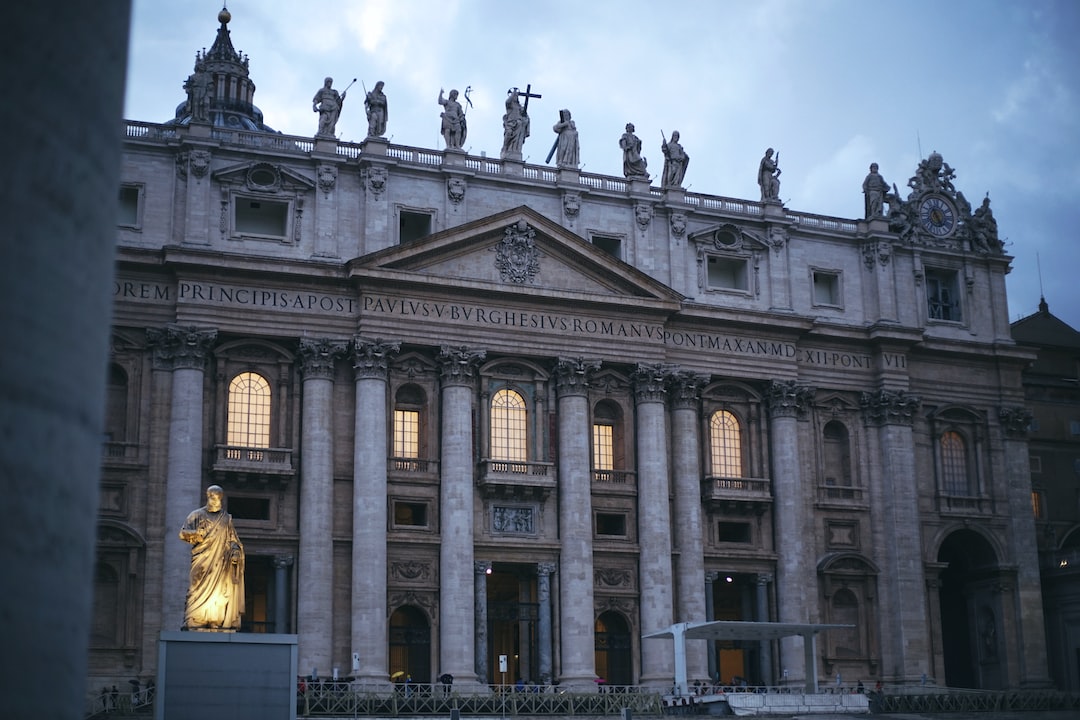The intersection of art and psychology: exploring art therapy
Art has been a form of human expression for centuries, allowing individuals to communicate their thoughts, emotions, and experiences in a unique and creative way. In recent years, the field of psychology has recognized the power of art in healing and personal growth, leading to the development of art therapy. Art therapy is a form of psychotherapy that uses art as a means of communication and self-expression, providing individuals with a safe and constructive outlet to explore their emotions and enhance their mental well-being.
Art therapy utilizes various artistic mediums, such as drawing, painting, sculpture, and collage, to facilitate self-discovery and transformation. Clients are encouraged to create art that reflects their inner thoughts and feelings, enabling them to gain insight into their subconscious mind and develop a deeper understanding of themselves. The non-verbal nature of art allows individuals to express emotions that may be difficult to put into words, providing a visual representation of their psychological state. Through the art-making process, clients are given a voice and can communicate their experiences in a tangible and meaningful way.
The therapeutic benefits of art have long been recognized, dating back to the early days of psychoanalysis. Freud, the father of psychoanalysis, utilized drawings as a means to understand the unconscious mind of his patients. The use of art in therapy continued to evolve over time, with pioneers such as Margaret Naumburg and Edith Kramer further developing the field. Today, art therapy has gained widespread recognition as a powerful tool in promoting mental health and well-being.
One of the key aspects of art therapy is the emphasis on the process rather than the final product. Unlike traditional art, where the focus is often on creating a visually pleasing piece, art therapy encourages individuals to focus on their inner experience and the emotional journey of creating art. The process of art-making itself can be therapeutic, as it allows for the release of pent-up emotions, stress reduction, and self-expression. The final artwork serves as a tangible record of this process and can be further explored and interpreted in therapy.
Art therapy is an inclusive and versatile approach that can be used with individuals of all ages and backgrounds. It has been shown to be particularly effective in working with children, as it provides a safe and non-threatening medium for communication. Children who may struggle with verbal expression can use art as a way to communicate their feelings and experiences, leading to a greater understanding and emotional growth. Similarly, art therapy has been found to be beneficial for individuals with developmental disabilities, trauma survivors, and those struggling with mental health issues, providing a unique avenue for healing and personal transformation.
Research has consistently demonstrated the positive impact of art therapy on mental health outcomes. Studies have shown that art therapy can reduce symptoms of anxiety, depression, and trauma, and improve overall well-being. Engaging in the creative process can foster self-awareness, enhance self-esteem, and promote a sense of empowerment and control over one’s emotions and experiences. Art therapy can also serve as a form of emotional release, allowing individuals to process and make meaning of past traumas or difficult life events.
Art therapy is often integrated with other therapeutic modalities, such as talk therapy and cognitive-behavioral therapy, to provide a holistic approach to healing. The combination of verbal and non-verbal expression allows for a deeper exploration of emotions and thoughts, leading to a more comprehensive understanding of oneself. Art therapy can be particularly beneficial for individuals who may struggle with traditional talk therapy or find it challenging to articulate their emotions in words.
In conclusion, the intersection of art and psychology has paved the way for the development of art therapy, a powerful form of psychotherapy that utilizes art as a means of communication and self-expression. Art therapy provides individuals with a safe and constructive outlet to explore their emotions and enhance their mental well-being. By engaging in the creative process, individuals can gain insight into their subconscious mind, develop self-awareness, and find healing and personal growth. Through art, we can tap into our inner world, making the invisible visible and fostering personal transformation.

